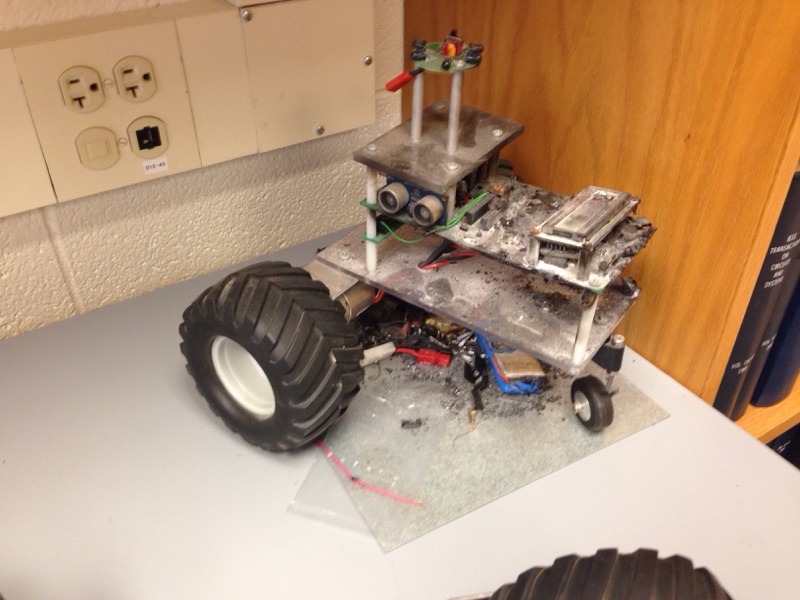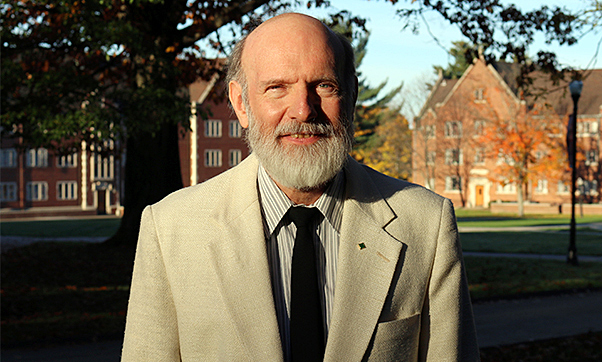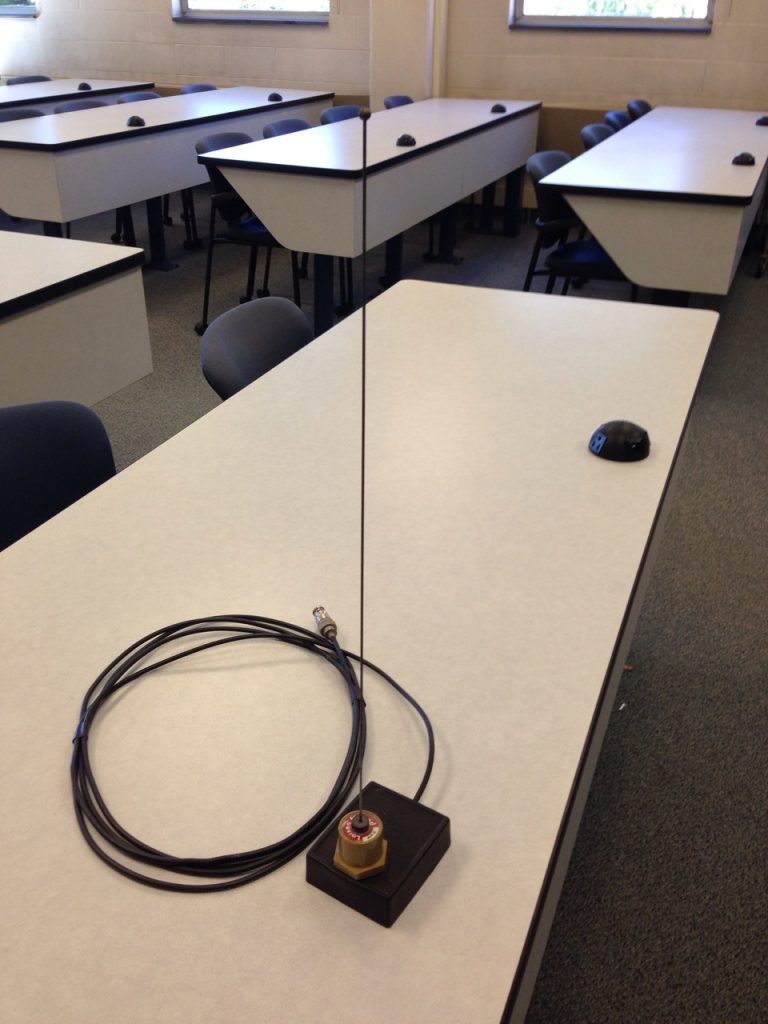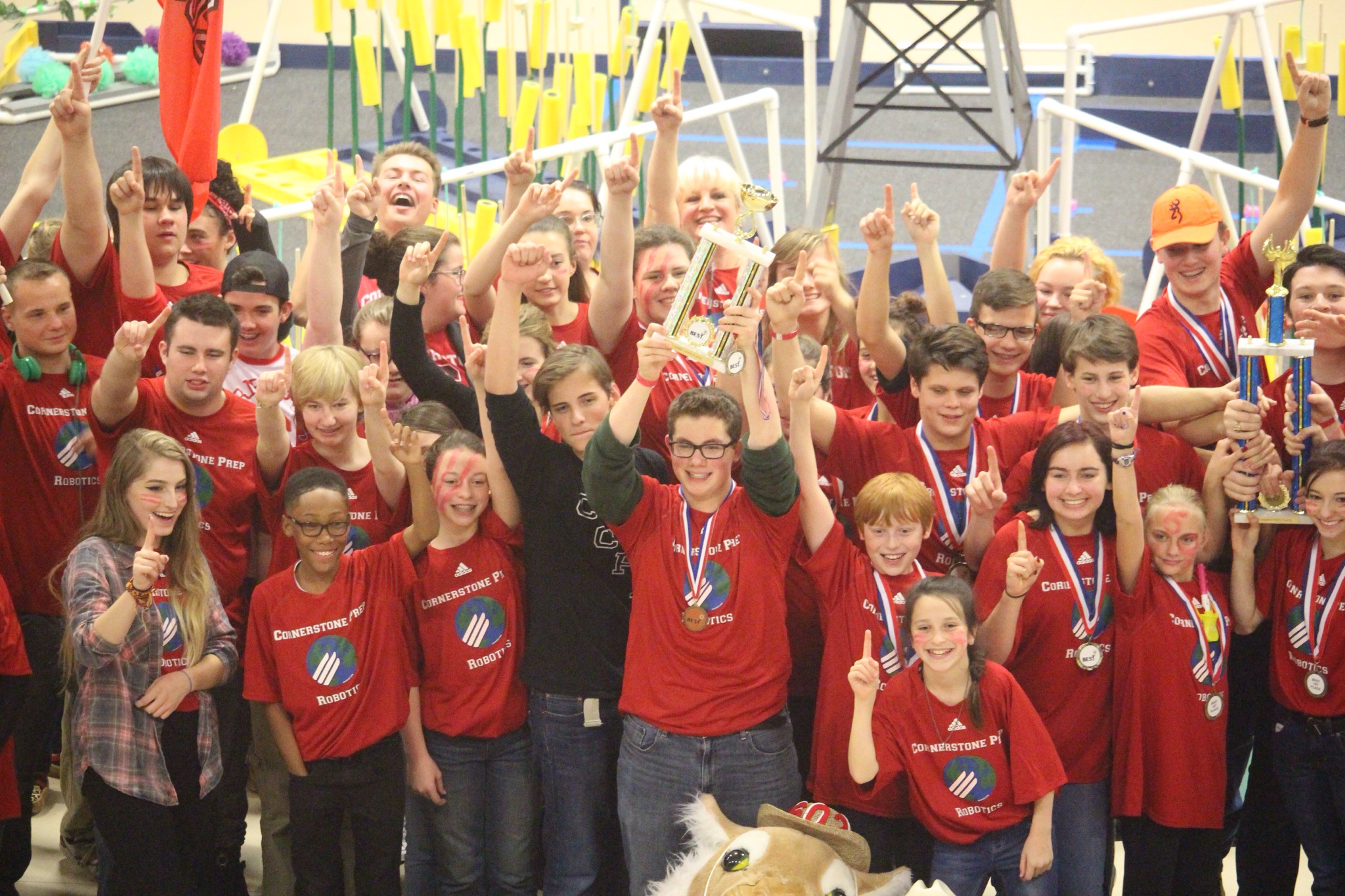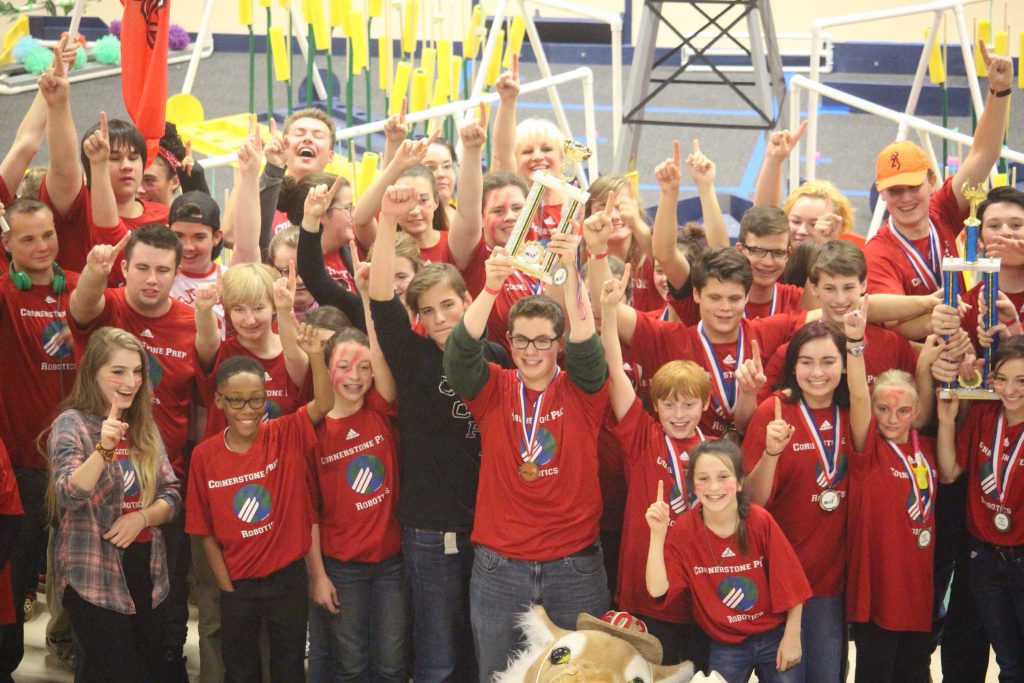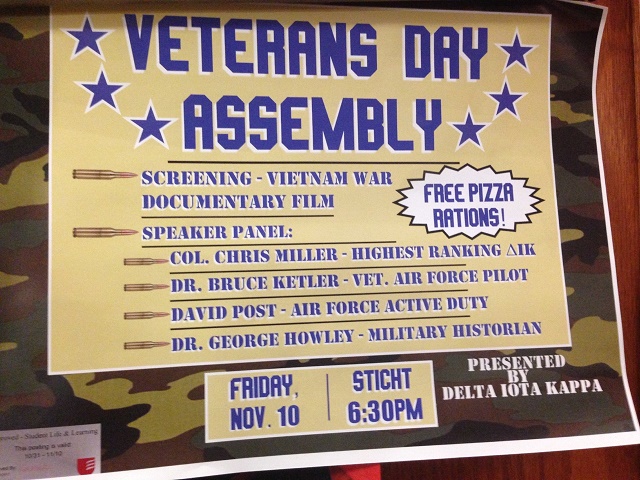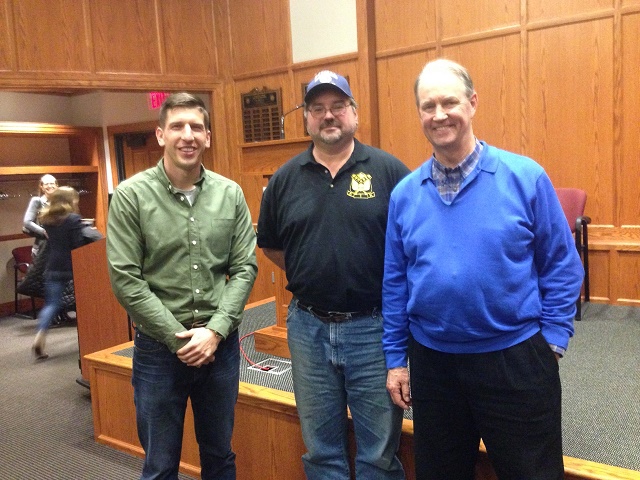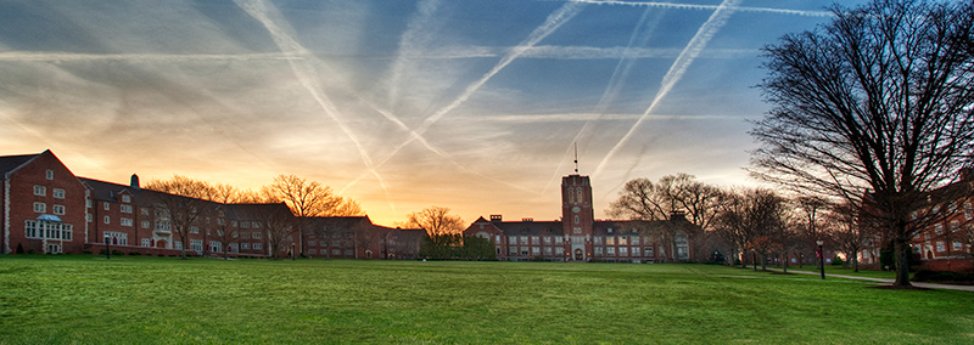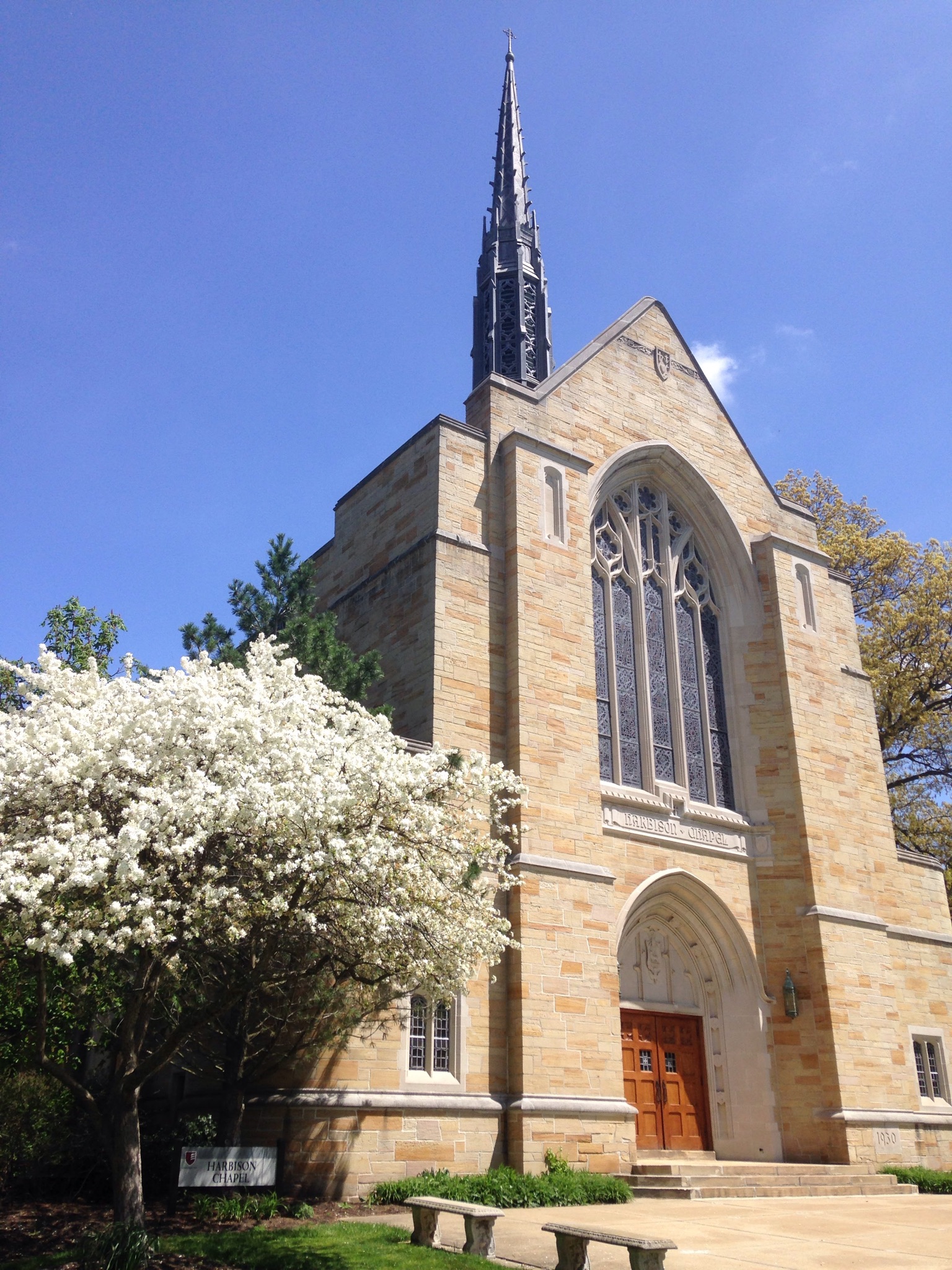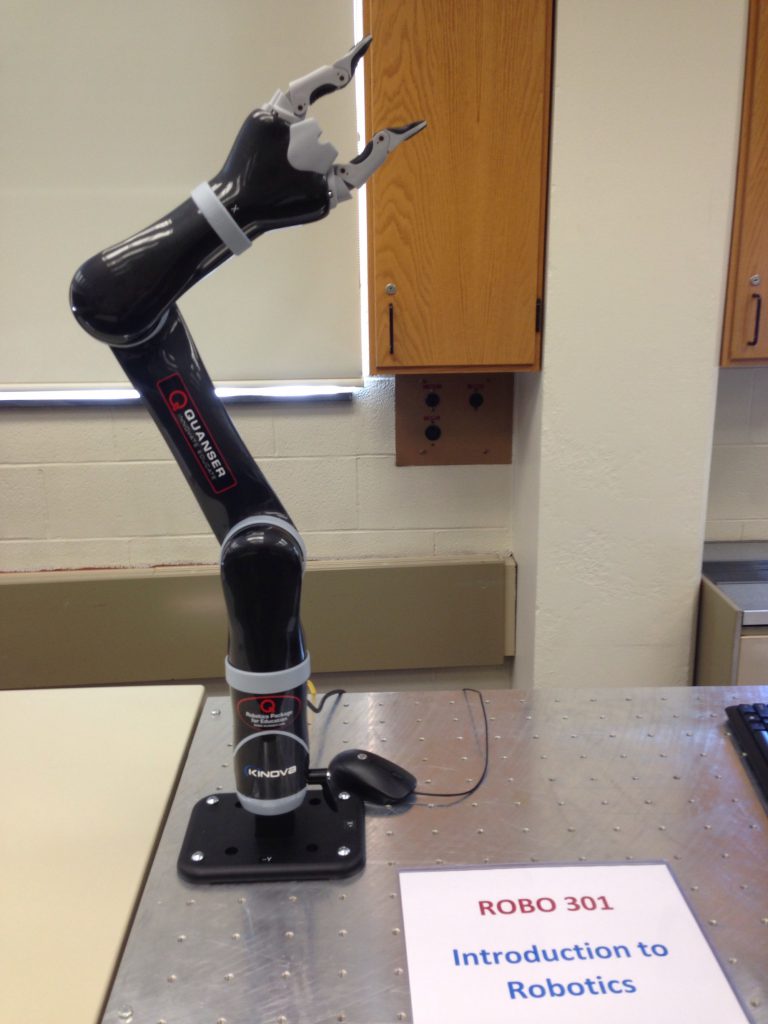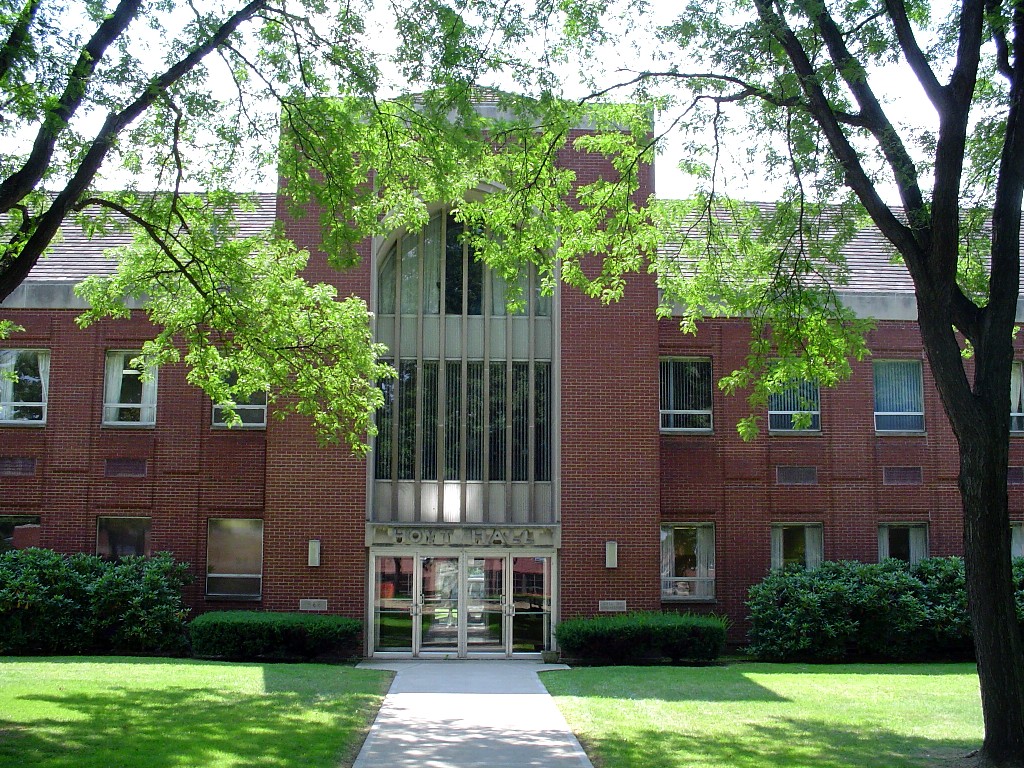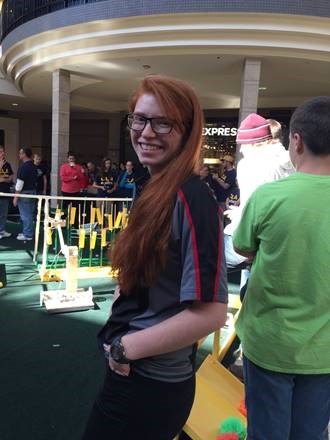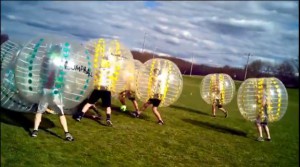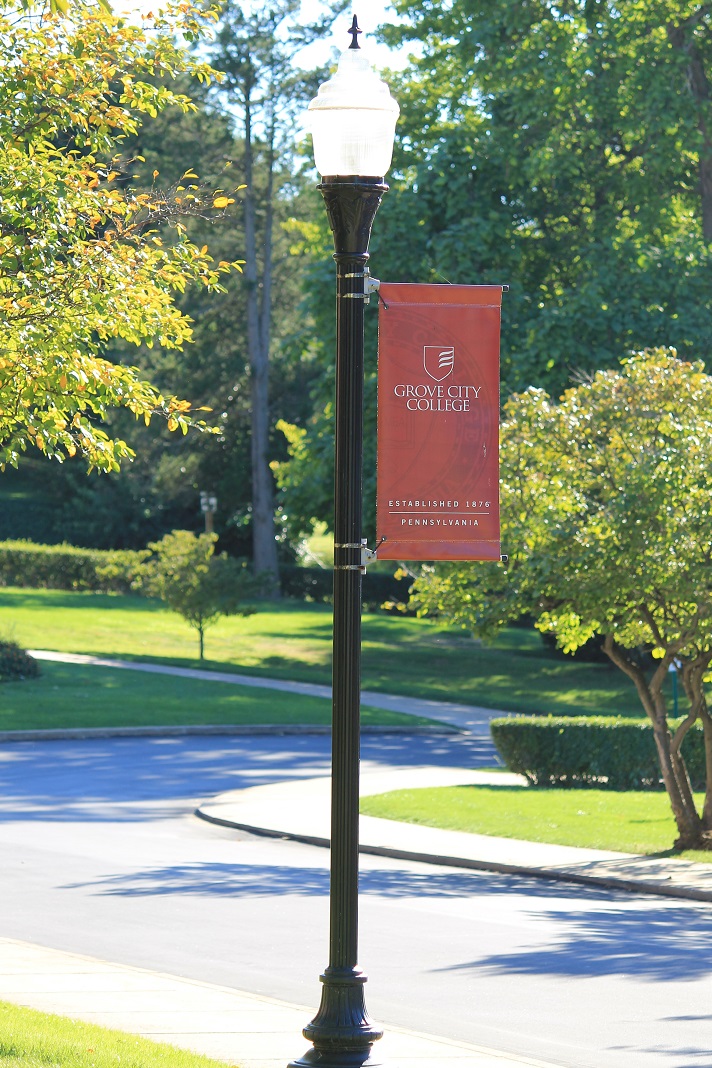
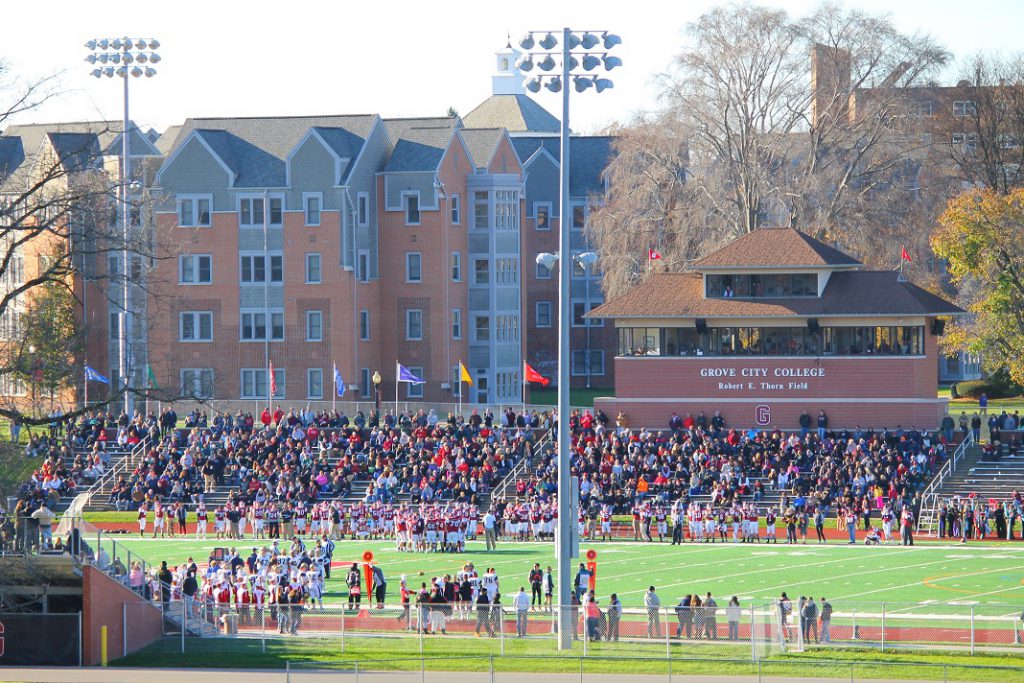
Small or large college? Which one to choose? It is a question I asked myself, and a choice I had to make before I decided on attending Grove City College. I had both options available to me. My sister chose the large state school, and I had visited her many times. I was able to see her experiences and make the best decision for myself. I had planned on studying Business Management, and that is a degree that I could obtain at either a small or large institution. I knew I wanted a small school, mostly because I am from a small town in the country. My graduating class was around 70 students. I knew there would be both positives and negatives from choosing a smaller school, but I never realized many of these perks until I actually started school here. While some may think a small school is boring and there are no perks, I would have to argue otherwise. Here are my top 10 reasons:
#1 It is easier to meet people – Grove City College places freshmen together in dorms, and there are many hall activities. I got to know the girls on my freshmen hall and make some very close relationships. Meeting people through various campus organizations and activities is also a great way to get involved on campus.
#2 A walk around campus means you will see lots of people you know – When classes are released, chances are you are going to see some people you know. Even if it is not on a first-name basis, you will recognize people from your classes, or other campus activities you are involved in.
#3 You are not just a number – When I walked around a large state school’s campus of over 50,000 students, I felt like I was just a drop of water in the bucket of people. Being on a small campus makes me feel as though I am not just a number, but an individual.
#4 You get good seats at sporting events – Granted, we are not a Division I school, we are Division III, but getting front row seats at the volleyball or basketball games sure is fun. Plus, sporting events are free!
#5 You can actually walk to class – No need to have a bike here at Grove City College. It takes me five minutes to walk to class in the morning. Every building is within a reasonable walking distance and its easy to navigate the campus.
#6 Professors know you personally – I have had the same professors for multiple classes and they all know my name. Many professors take the time to personally get to know their students. It makes me feel important and that they actually value having me there as a student.
#7 No Outrageous Lines – We might think a line of 10 people at the panini press in the cafeteria is long, but going to a state school’s cafeteria is much busier and lines are much longer.
#8 Classes are Smaller – The average class size at Grove City College is 25 students. There are no lecture halls filled with hundreds of students.
#9 More Feedback on Assignments – Professors have less students, and are therefore able to provide more comments and suggestions and papers and homework assignments. Therefore, you get more out of college!
#10 You Can Become More Involved on Campus – Some might debate that large schools would have more campus activities, but I would argue that going to a smaller school means you can participate in more events. I am able to work on the chapel staff, do cheerleading, work as a tour guide, and go to various Bible studies while still having the time to do schoolwork.



